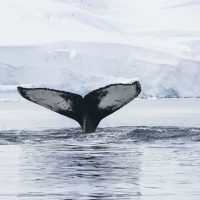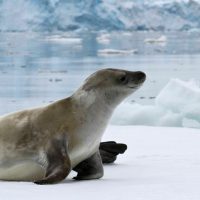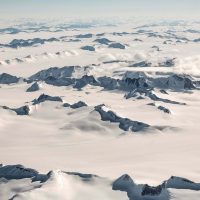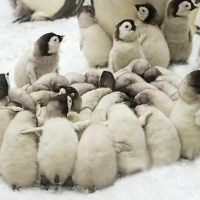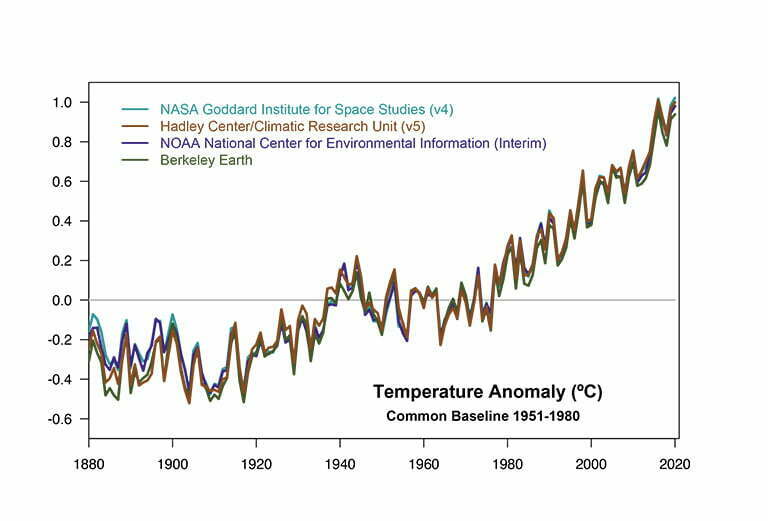
Global temperatures are rising
CLIMATE CRISIS IN ANTARCTICA
While natural climate cycles dictate we should be moving into a period of global cooling, the past three decades have been the warmest on record.
The polar regions are heating up more quickly than the rest of the globe. During the second half of the twentieth century, parts of Antarctica warmed more than two times faster than the global average.

The Southern Ocean is heating up
CLIMATE CRISIS IN ANTARCTICA
The ocean has absorbed more than 93% of the excess heat from greenhouse gas emissions since the 1970s.
Most of this was in the Southern Ocean.
Antarctic ice is melting
CLIMATE CRISIS IN ANTARCTICA
As the ocean heats up, the icy edges of Antarctica are melting.
In the 1980s, Antarctica lost an average of 40 billion tons of ice per year. By 2020 this had increased more than sixfold, ramping up to 252 billion tons a year.
The rate of ice-loss is accelerating and the ice sheet is shrinking faster each year.

Sea levels are rising
CLIMATE CRISIS IN ANTARCTICA
As the ocean heats up and polar ice melts, sea levels are rising. In the year 2020, sea levels rose more than twice as quickly as they did in the 1990s. In 2022, global average sea level set a new record high – 4 inches (101.2 mm) above 1993 levels.
Exactly how much – and how quickly – the polar ice sheets will melt, and how rapidly sea levels will rise as a result, remains one of the greatest areas of uncertainty within climate science.
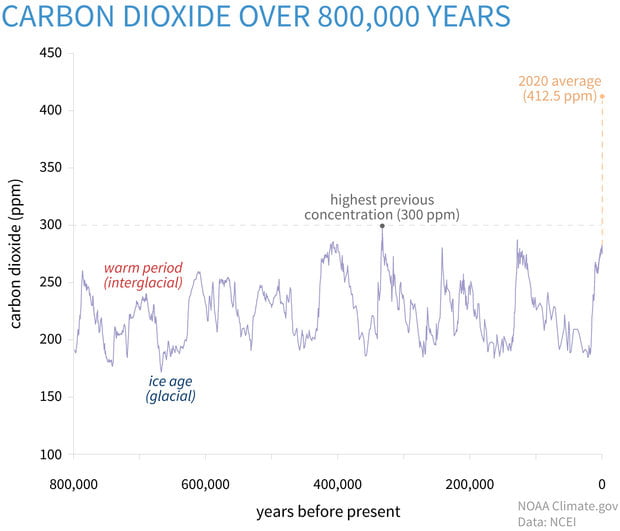
Atmospheric carbon dioxide is increasing
CLIMATE CRISIS IN ANTARCTICA
As a greenhouse gas, carbon dioxide (CO2) plays an important role in keeping the Earth’s climate in balance. Without any CO2 in the atmosphere, the Earth would sink into an ice age. When CO2 levels rise, temperatures follow.
The amount of carbon dioxide in the atmosphere is increasing, mostly as a result of burning fossil fuels. In the year 2021, there was more CO2 in the atmosphere than at any time during the past 800,000 years.
The annual rate of increase is around 100 times faster than changes associated with natural processes, for example at the end of the last ice age 11,000 to 17,000 years ago.
Ocean acidification
CLIMATE CRISIS IN ANTARCTICA
As carbon dioxide levels in the atmosphere increase, the ocean is becoming more acidic. This is because the ocean absorbs excess carbon dioxide from the atmosphere, and a series of chemical processes make the ocean more acidic as a result.
A more acidic ocean is already having an impact on many marine organisms, particularly those that build shells. Exactly how ongoing ocean acidification will impact Antarctic ecosystems is an active area of research.
Biodiversity is under threat
CLIMATE CRISIS IN ANTARCTICA
As the Earth’s climate becomes warmer and more extreme, animals are forced to adapt to rapidly changing conditions. Across the globe, many hundreds of species are predicted to become extinct within the next 20 years.
Antarctic species are particularly vulnerable to a warming climate. Their highly specialized adaptations, which allow them to survive and thrive in the polar environment, make them less resilient as the ocean warms and ice melts. With their habitats and food sources under threat, they are in urgent need of protection.
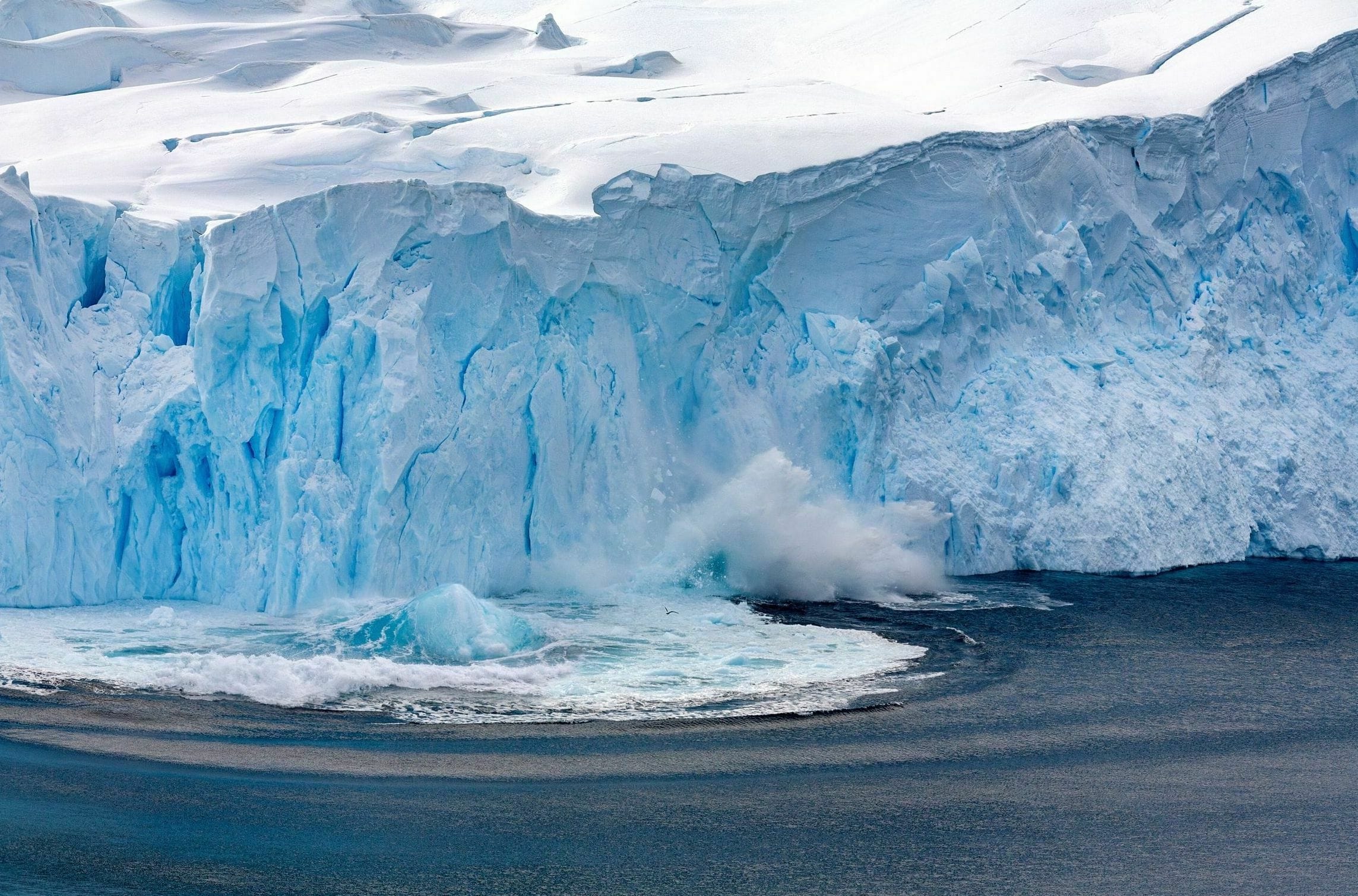
CLIMATE CRISIS IN ANTARCTICA
It affects us all
The climate crisis is having widespread impacts on the ocean, ice and wildlife that make Antarctica the unique and precious place it is today.
Now is the time to curb the impacts and keep Antarctica cool.
KEEP LEARNING
Related reading
Scientific consultation: Nicholas Golledge, Professor of Glaciology at Victoria University of Wellington.
Climate Crisis in Antarctica
FEATURED LEARNING
Now that you’ve learned how Antarctica is changing in response to the climate crisis, read on to learn more about extraordinary Antarctica.
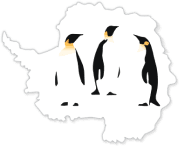 ASOC
ASOC



